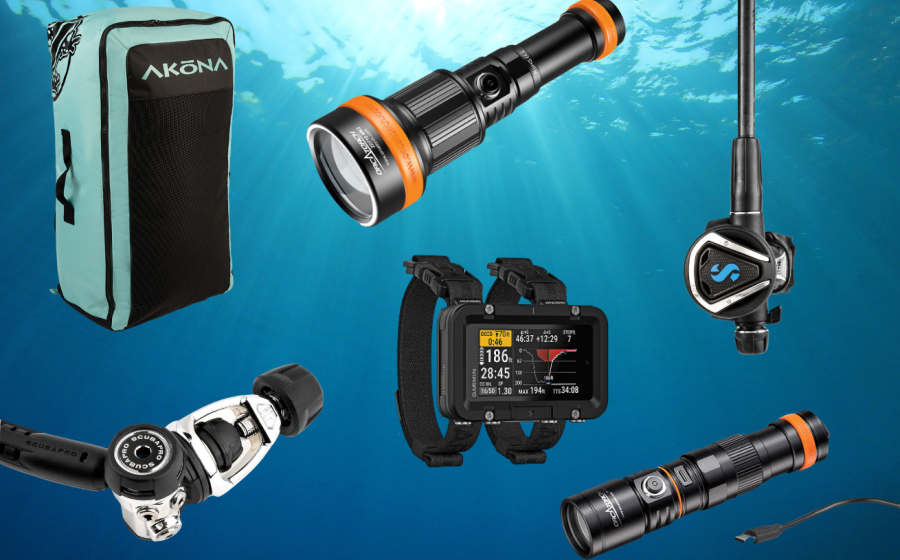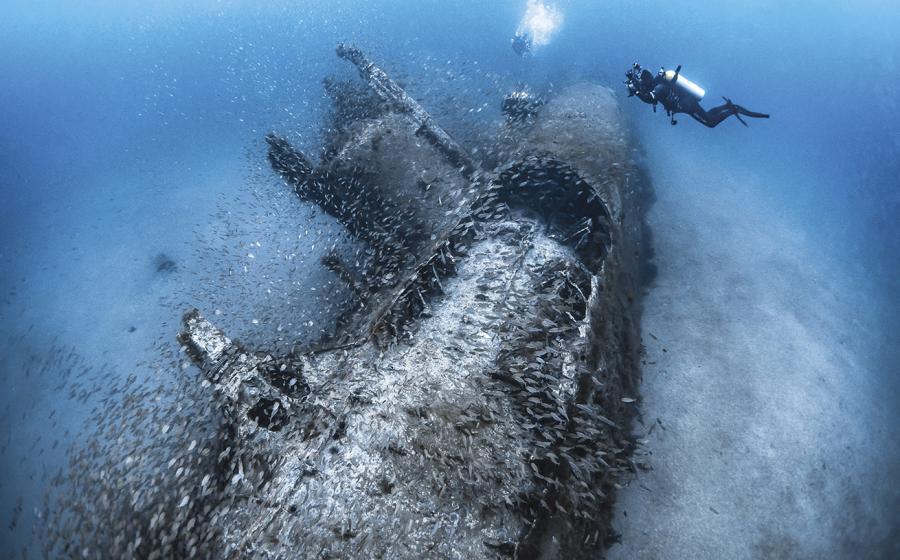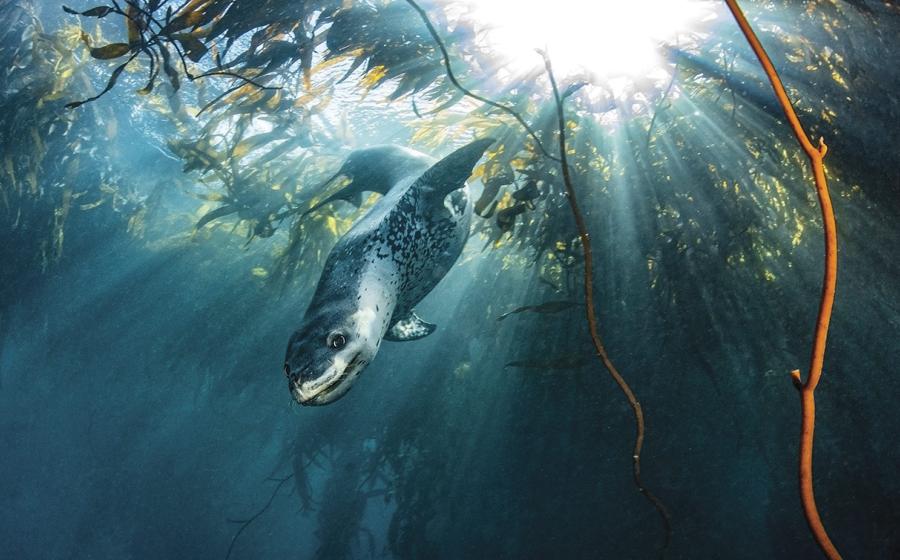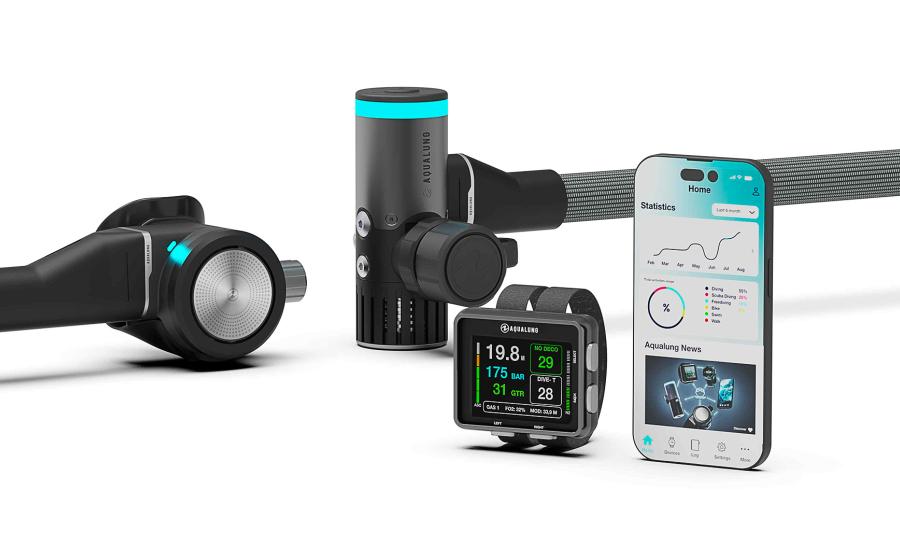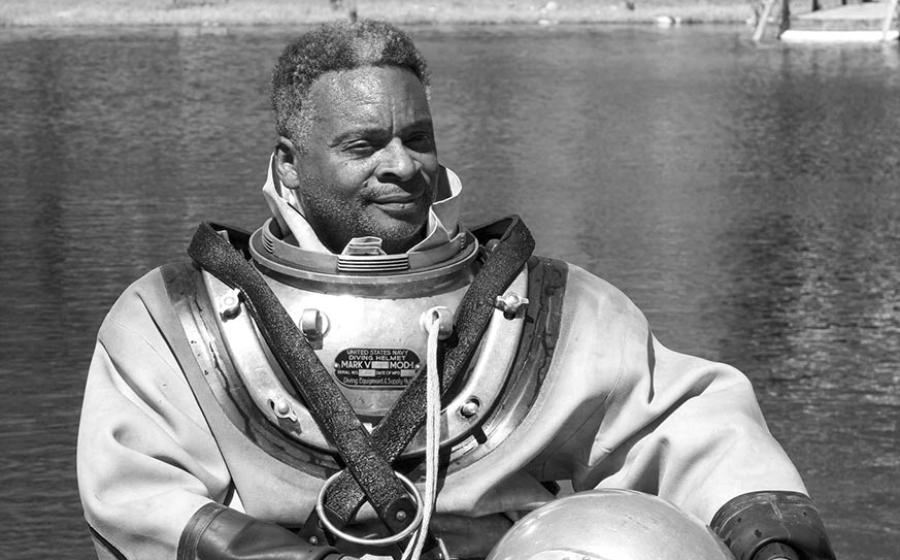How Does a Hyperbaric Chamber Work?
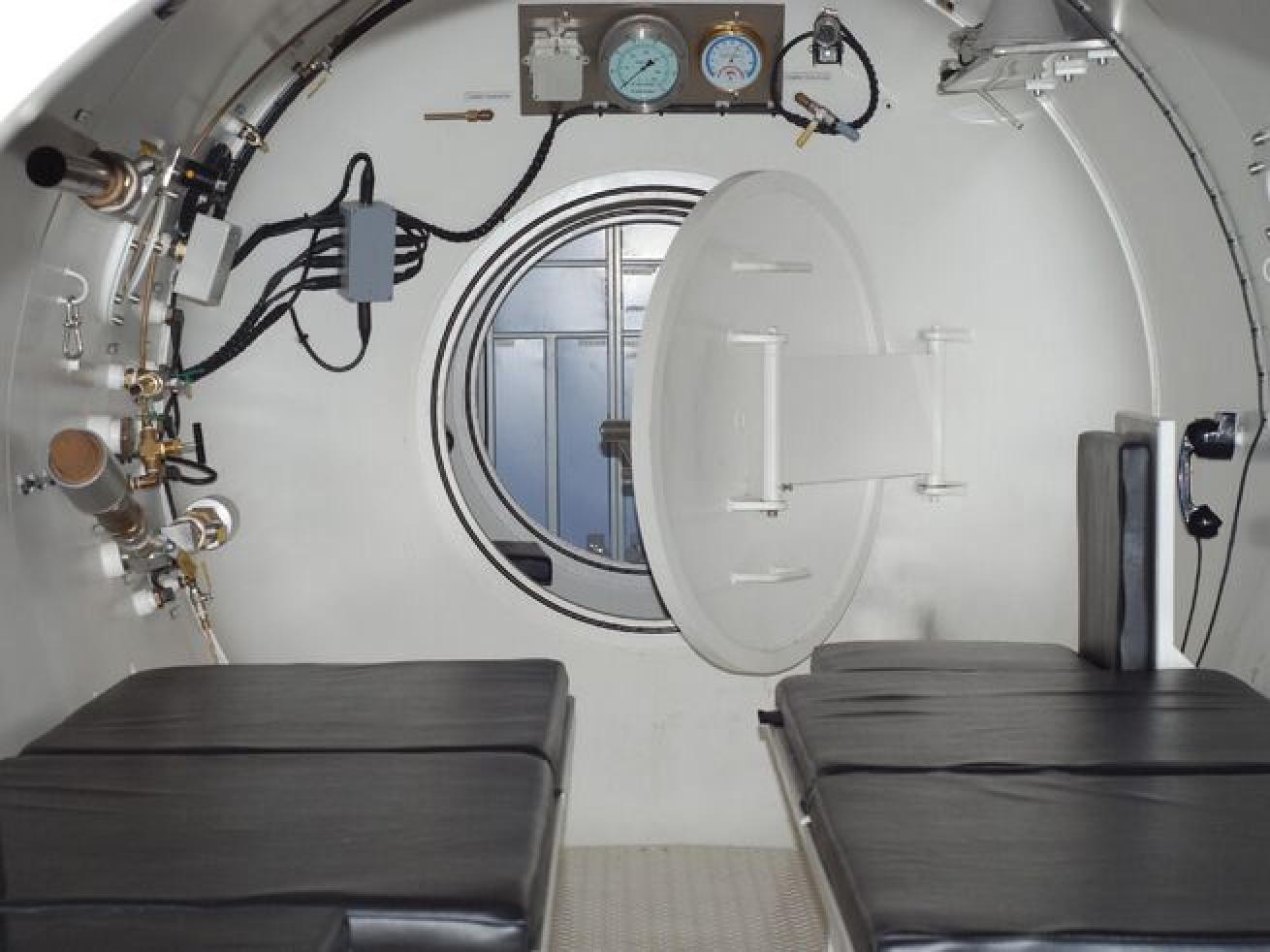
Shutterstock/elmilliganoThe view from the inside of a hyperbaric chamber.
If all goes according to plan, diving is a safe and enjoyable sport. But when a diver gets a case of the bends, a hyperbaric chamber becomes their new best friend. I’ve never personally been bent, but as a PADI divemaster, I worked in Maui, Hawaii; Australia; Fiji; Costa Rica; and Honduras, planning 3,000-plus dives and following the rules to ensure my divers never got the dreaded DCS. After several years in Roatan, I expanded my advanced EMT with a hyperbaric specialty, working as a dive medic alongside doctors at the Cornerstone Hyperbaric Chamber and Clinic at Anthony’s Key Resort. Though I rode inside the chamber with far more commercial lobster divers than recreational scuba travelers, I learned firsthand what this amazing piece of technology can do for divers.
Related Reading: What Happens if You Miss a Decompression Stop?
Bends: the Rules
Decompression sickness (DCS) happens when a diver doesn’t adequately decompress after exposure to increased pressure. Most divers’ tanks are filled with simple compressed air (filtered and dehumidified), holding the same 21% oxygen, 79% nitrogen mix we breathe on the surface. However, the body’s tissues absorb the nitrogen portion from their tanks, in proportion to the surrounding pressure. While the diver is at depth, this isn’t a problem. However, the body’s tissues absorb the nitrogen portion from their tanks, in proportion to the surrounding pressure. While the diver is at depth, this isn’t a problem. If a diver stays at depth for too long (outside the tables), built-up nitrogen will come out of solution upon a quick ascent, making it hard for the body to naturally expel the extra gas. In this situation, when a diver ascends too quickly and/or without proper safety stops to off-gas, the nitrogen forms bubbles in the tissues and bloodstream. These bubbles, without time to naturally shrink in relation to the changing outside pressure, can cause havoc in the body—the bends.
The term “bends” comes from one of the more typical issues caused by DCS: bubbles collecting in the joints, causing pain. If these bubbles travel and press on a nerve or on the spinal cord, the result can be a tingling, numbness, shooting pain or even paralysis of the extremities that will remain as long as the bubbles do. If the bubbles travel into the brain, they can cause a stroke-like result. The skin can be affected, as can the circulatory system and lungs if the bubbles enter the bloodstream. The longer before treatment, the more serious these issues become. Fortunately, many of these issues can be nearly completely reversed with timely intervention via a hyperbaric chamber.
Chamber of Wonders
Recompression chambers work, in essence, by recreating the environment of a dive at depth, then very slowly bringing the diver “up” in a controlled manner, allowing the body to do what it should have done in the first place. Depending on the severity of the injuries or symptoms and the circumstances of the original dive or cause of the DCS, the physician will map a treatment plan for how many sessions the patient will need. As a precaution for those who ran a bad profile or skipped a necessary safety stop due to an emergency situation, this might mean a single session of a couple hours inside, followed by observation. For those experiencing paralysis or whose DCS progressed due to a delay of days after the first symptoms appeared, these daily sessions could stretch to a month or more.
Patients enter through hatches that cannot be opened while the chamber is pressurized. As the session begins, the pressure inside the chamber will increase, mimicking the pressure a diver’s body undergoes as they descend. Doctors may have patients don oxygen masks for periods of time during the session, further helping to shrink the nitrogen bubbles in the body’s system.
What Does It Feel Like?
Being treated in a hyperbaric chamber isn’t painful. The patient simply lies and relaxes, and occasionally follows directions given by a doctor or dive medic. The only physical discomfort at all is the change of temperature (increasing air pressure heats up as you “go down” and cools as you come back “up” at the end of the session), but you can wear comfortable layers to adjust. Sessions can be several hours long, and some patients even nap. A doctor or dive medic might “ride” inside the chamber with the patient, or might operate the chamber from outside and communicate through a speaker system to check in and make sure all is well. Patients experiencing paralysis might be startled to feel the effects fade and regain some mobility during the session as the bubbles shrink. (Those suffering paralysis will likely also be doing physical therapy sessions to avoid atrophy in the affected muscles so they have an easier recovery when the DCS effects subside.) As the chamber’s pressure changes, it can get noisy, but headphones will be provided. Some chambers have music that can be played on the intercom, or video screens for distraction.
Hyperbaric Oxygen Therapy Does a Body Good
While those in the dive world have long used hyperbaric treatment to counteract DCS, myriad new health benefits for other injuries and illnesses have been discovered, such as:
Carbon monoxide poisoning
Cyanide poisoning
Crush injuries
Inadequate blood flow in the arteries
Compromised skin grafts and flaps
Bone Infection
Flesh-eating disease
Air or gas embolism
Diabetic wounds
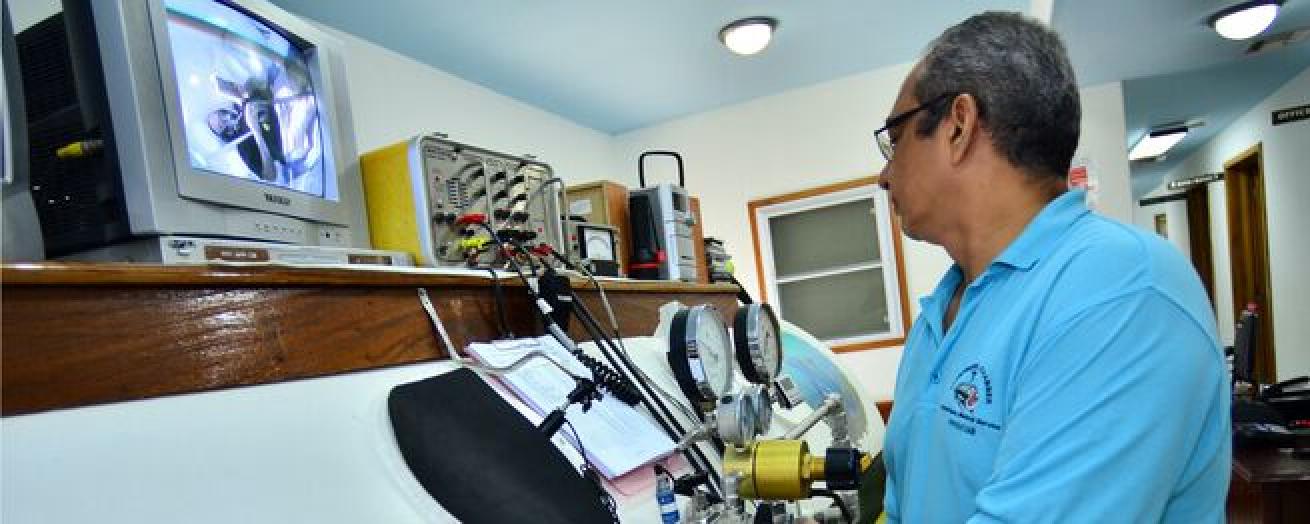
Courtesy Sascha ZugerA doctor monitors a patient inside a hyperbaric chamber.
Timing Is Everything
When it comes to reversing the effects of DCS, time is of the essence. The longer the affected diver takes before starting treatment, the further the decompression sickness develops. A minor tingling in the extremities or unexplained shortness of breath can develop into loss of feeling or a pulmonary emergency if a diver decides to try and “sleep it off” rather than starting treatment in the first few hours. This can cause increasingly severe injuries or symptoms, and necessitate a longer overall treatment plan. In severe cases, a delay can become a matter of life and death. Tingling, numbness or pain can turn into paralysis.
Symptoms range, but common early signs involve joint pain, nausea, tingling or numbness in extremities, or skin, headache and fatigue. Most start in the first 15 minutes to 12 hours after surfacing, but they could take as long as 48 hours to appear. All of these typical symptoms can be explained away by other factors—squinting in the sun, choppy waters on the boat ride home, lugging heavy gear or a tight wetsuit—but if a diver even suspects DCS, if they went off their dive plan or if their computer signals a possible problem, first-aid oxygen should first and immediately be administered while the diver waits to be assessed for further treatment. Most boats carry emergency oxygen, so first aid doesn’t even need to wait until you hit the docks.
Know Before You Go
The best way to ensure the best outcome if you do have a DCS-related incident? Plan ahead. Due to the pressure-related realities of the illness, discovering you might be affected by DCS far from home can be a serious problem. Simply hopping the next plane to your home hospital isn’t possible because commercial flight altitudes will make your symptoms even worse and could prove deadly. Some medical flights are designed to fly below a 10,000-foot altitude threshold to avoid further aggravating DCS, but these are extremely pricy and take precious time to arrange.
Many divers who prefer to be treated in their home country maintain medevac travel insurance—though if the aim is to have your health insurance pick up the check, it should be noted that many plans have an exclusion clause for dive accidents or limits on hyperbaric treatment. A more popular option is a dive-specific insurance like DAN’s Covered Dive Accident plan, which covers not only all hyperbaric treatments and related doctor and hospital fees, but ground, air or marine ambulance services to the nearest hospital or hyperbaric chamber where prescribed care or treatment can be given.
Related Reading: How Scuba Diving Affects Your Breathing
In recent years, the number of hyperbaric chambers in the Caribbean has boomed. Aruba, the Bahamas, Barbados, Bermuda, Cayman Islands, Cuba, Dominican Republic, Dutch Antilles, Jamaica, Martinique, Puerto Rico, Roatan, Saba, St. Lucia, Trinidad and Tobago, and Turks and Caicos all offer recompression treatment. Check that the associated clinic is open 24 hours though, because symptoms can develop hours after your dive, or after a night dive.
When it comes to DCS and hyperbaric medicine, making a plan before your fins hit the water is the best way to take the, ahem, pressure off.





